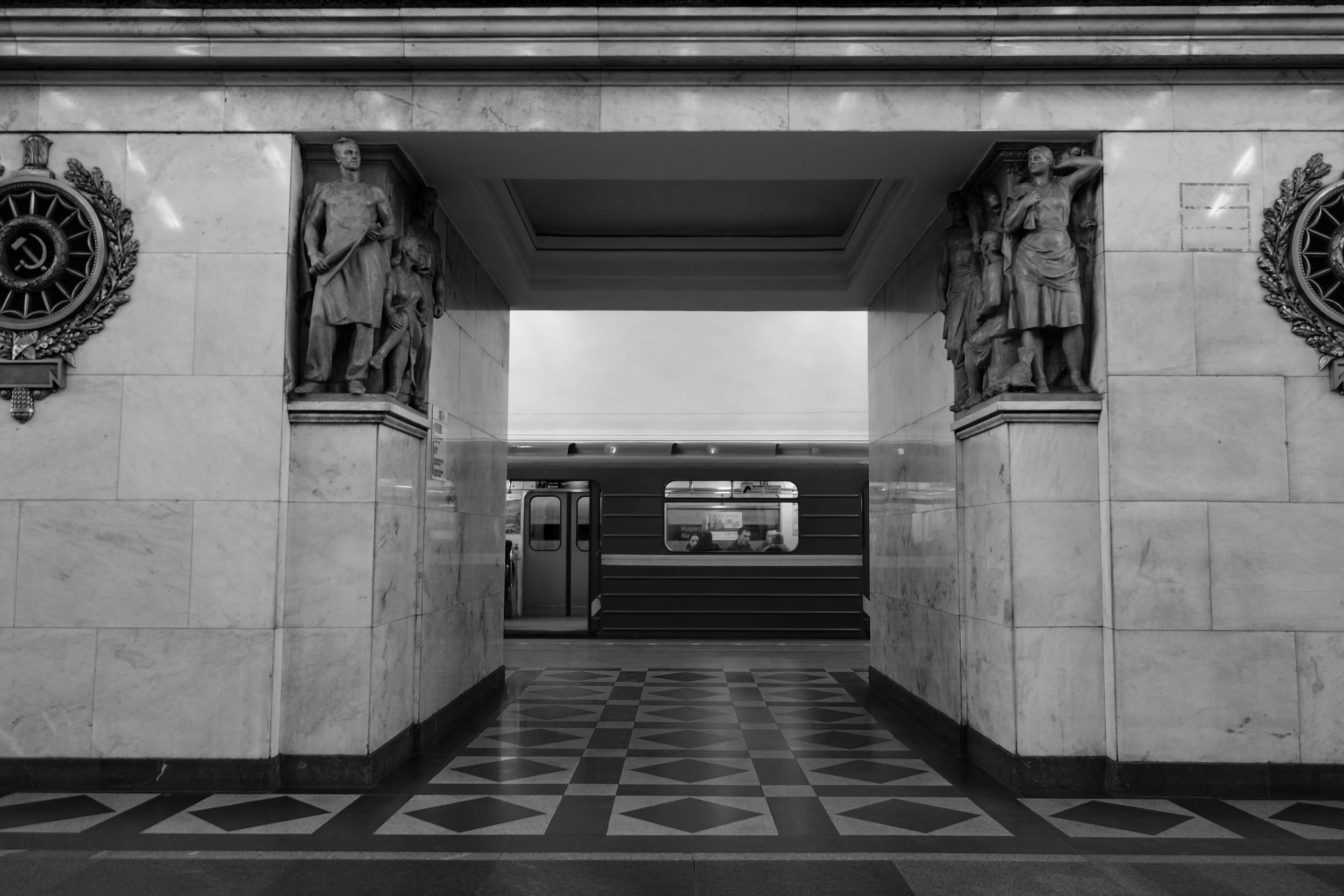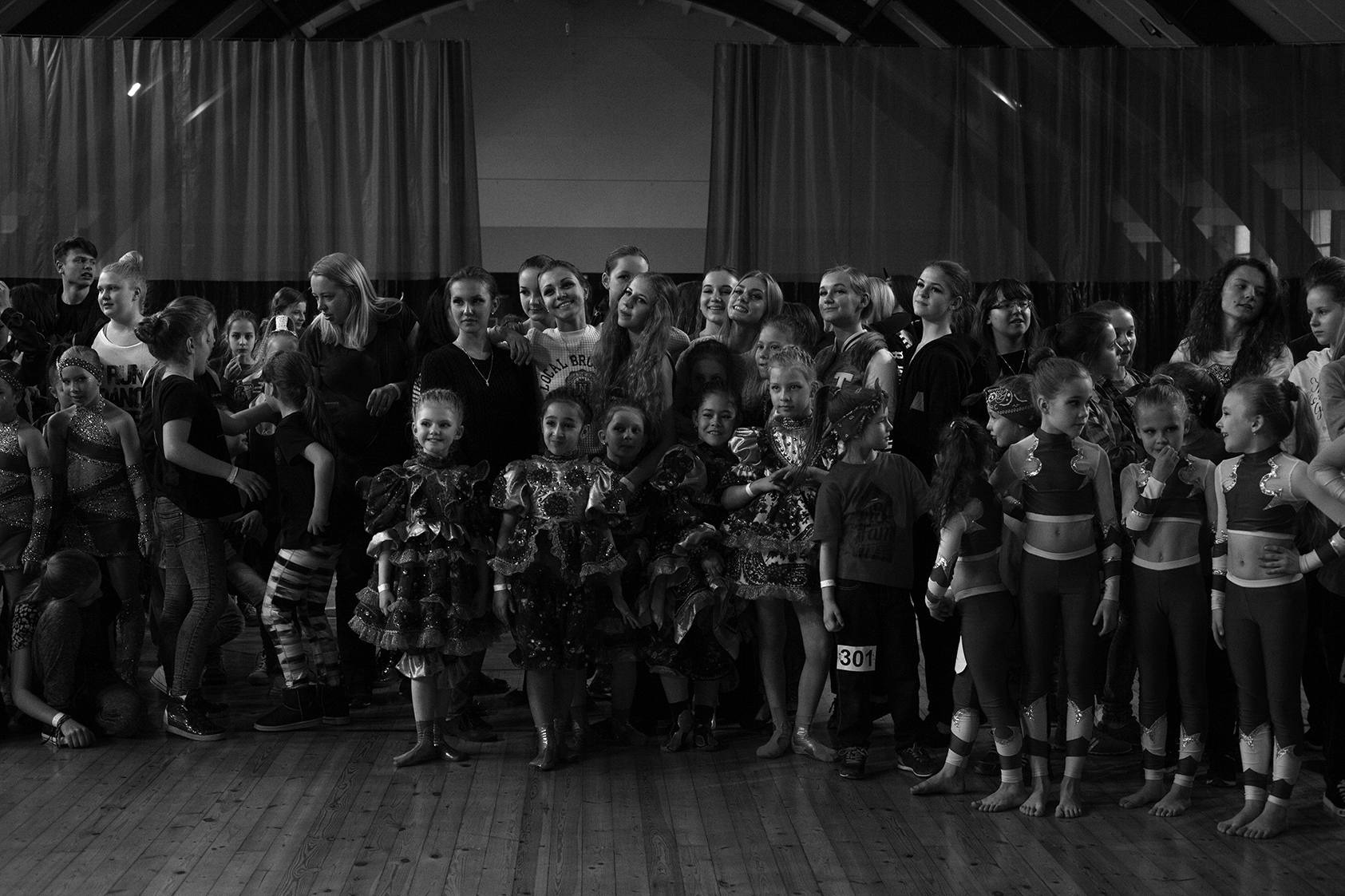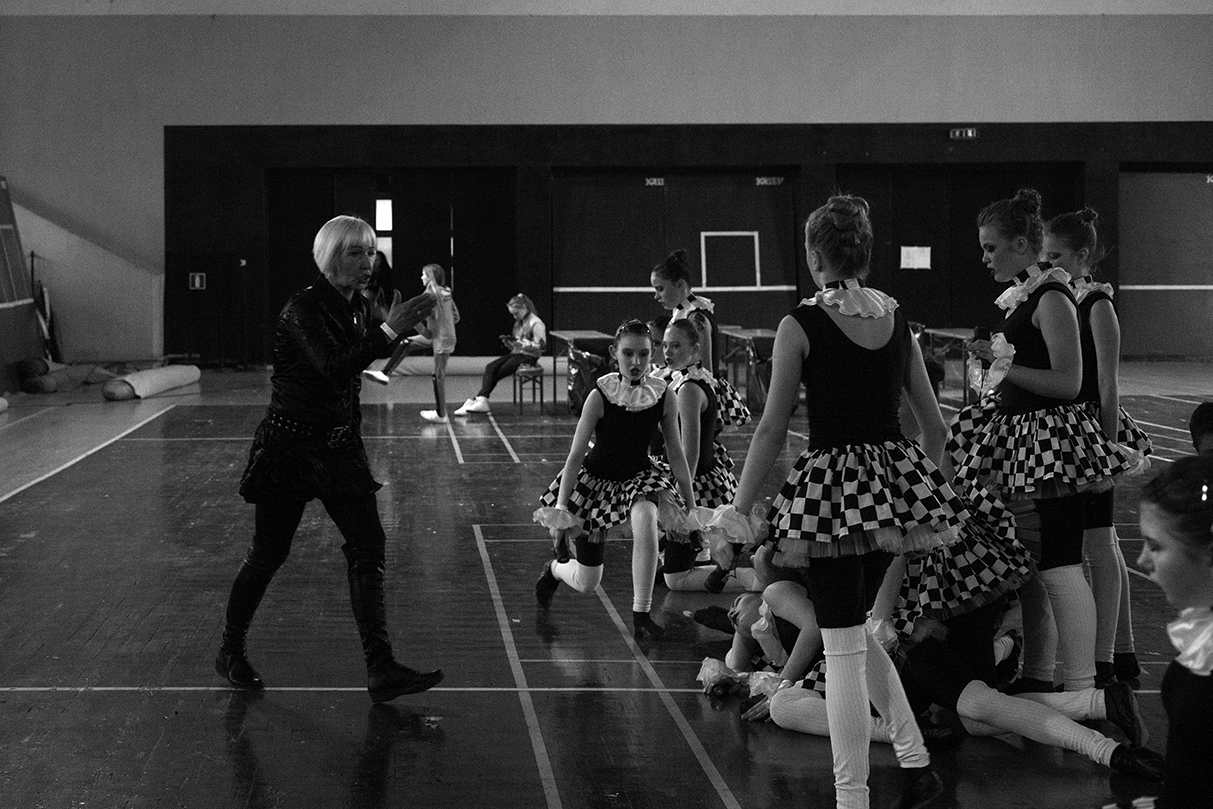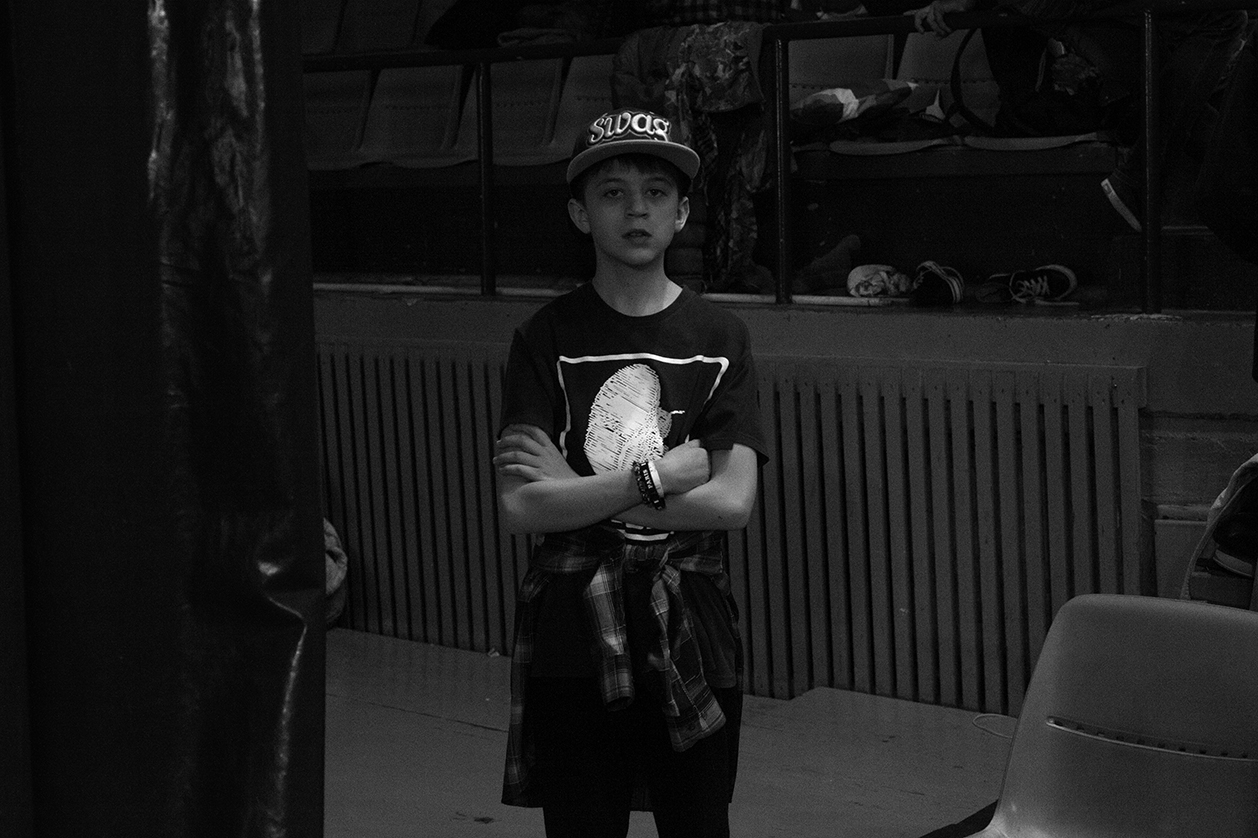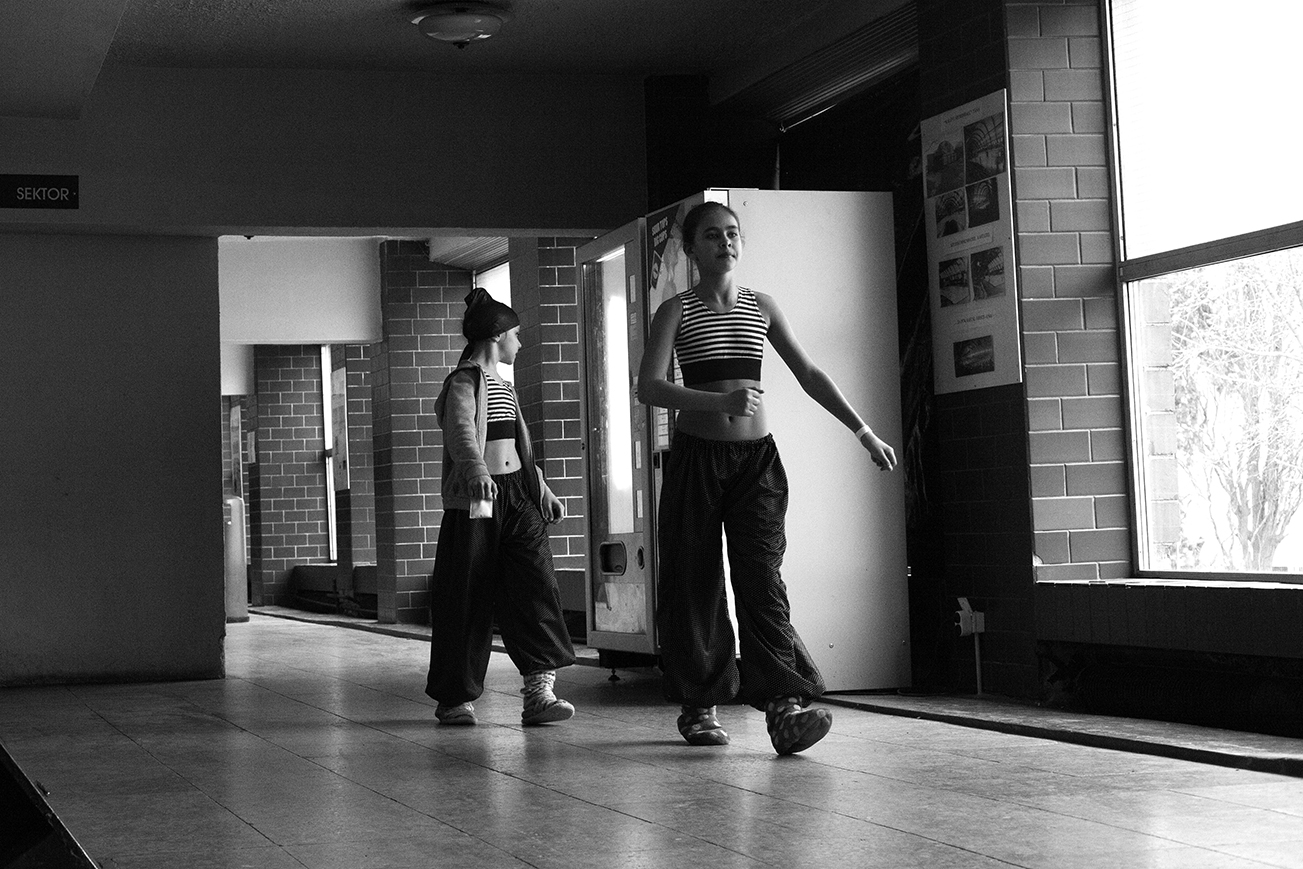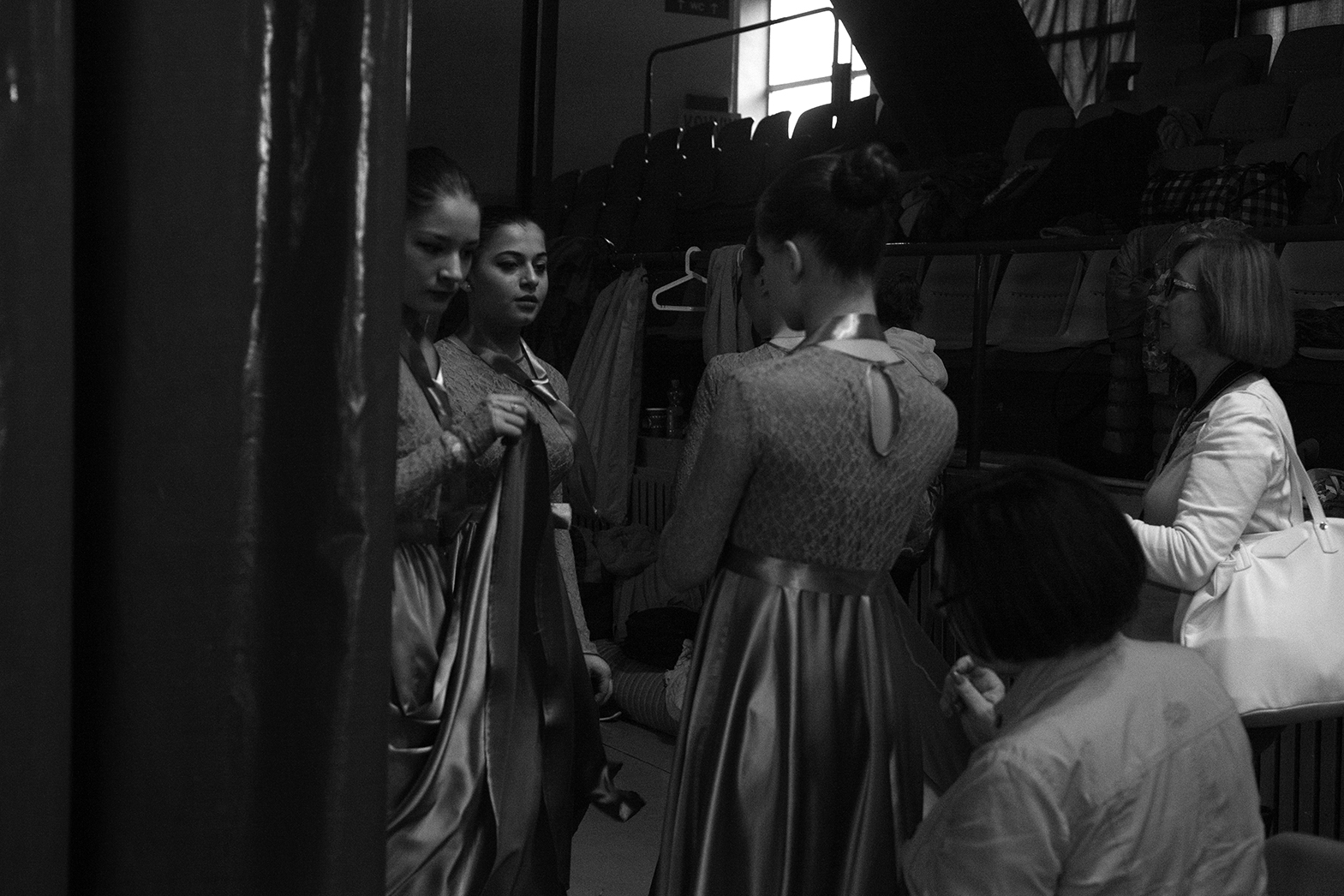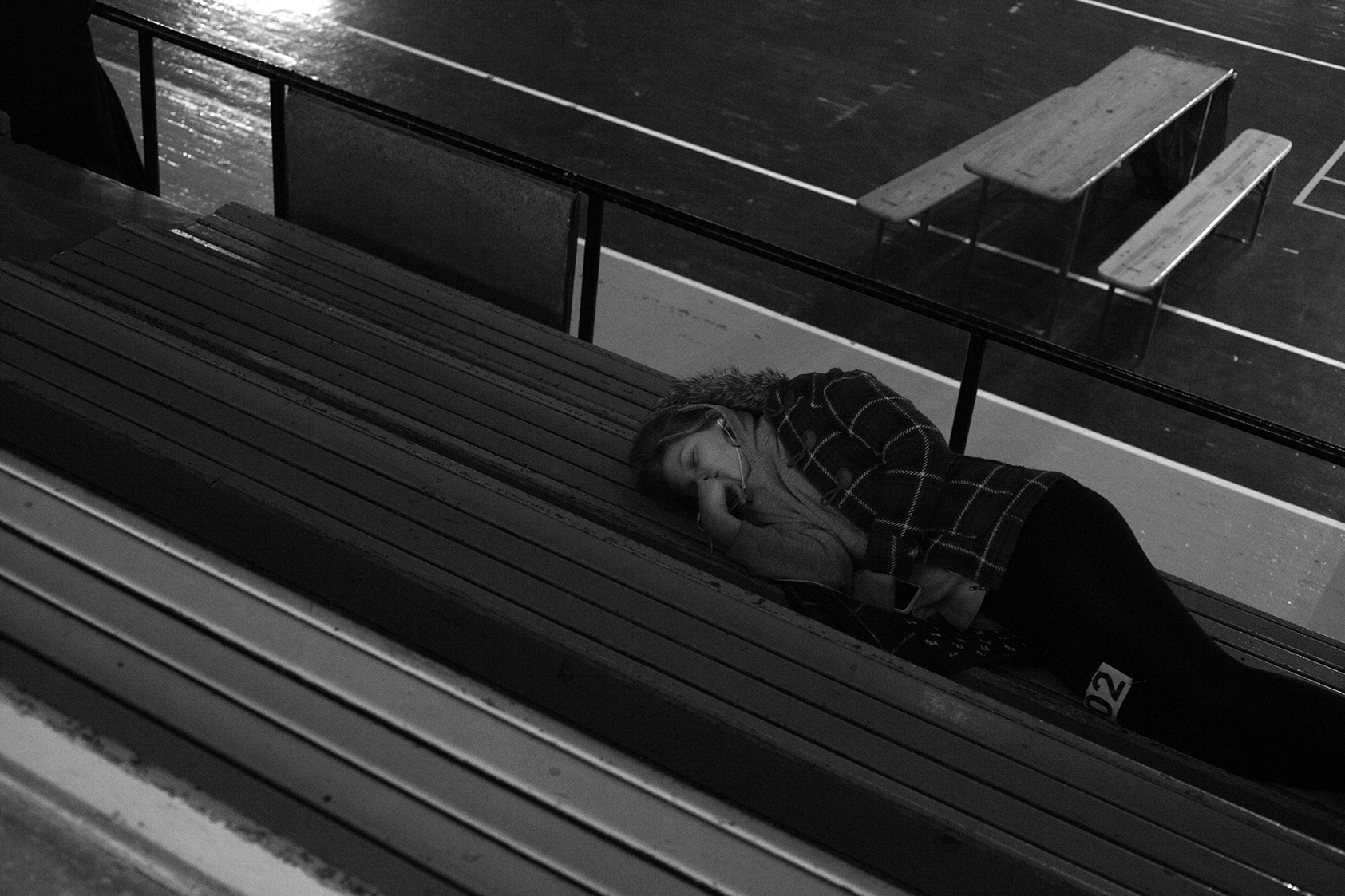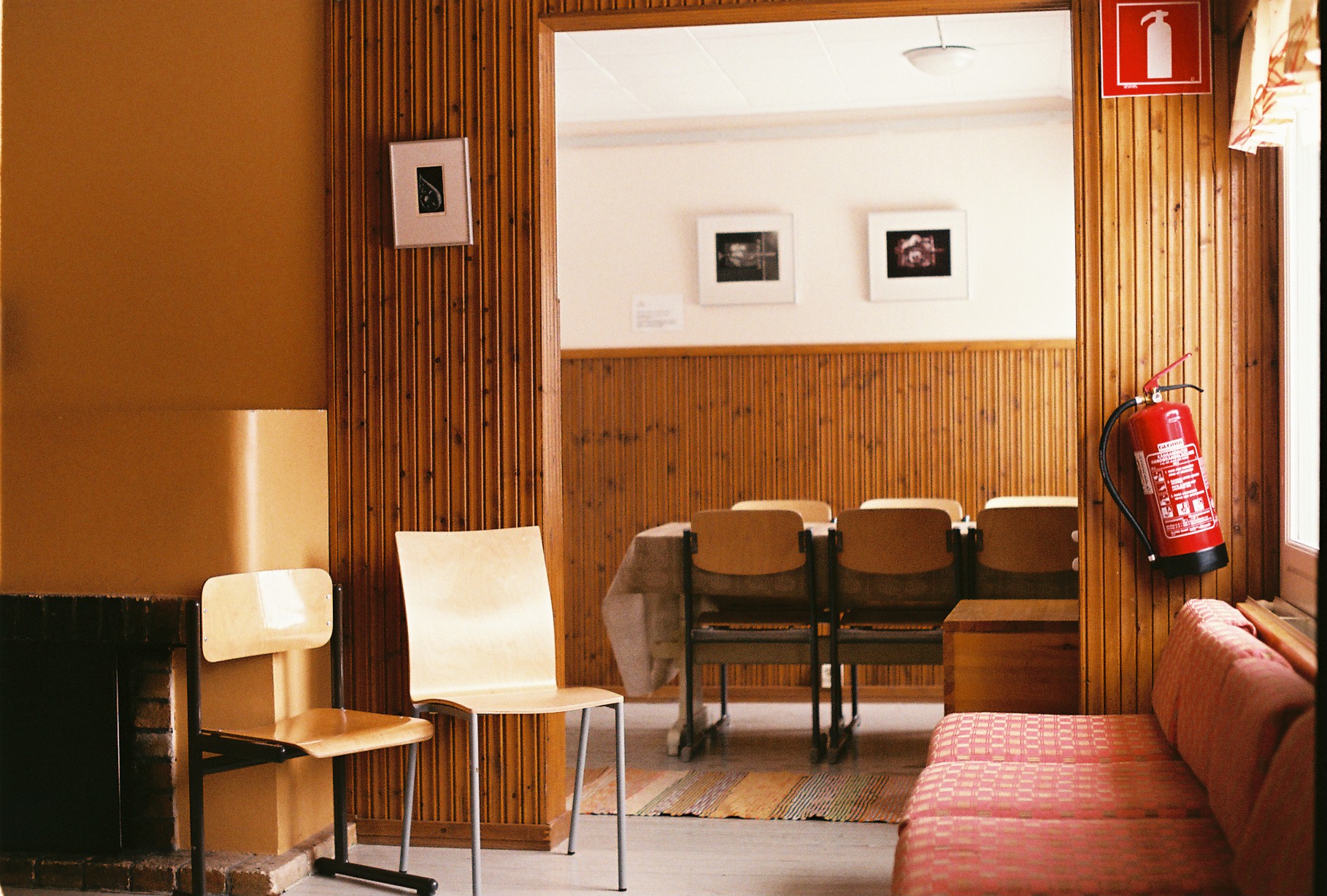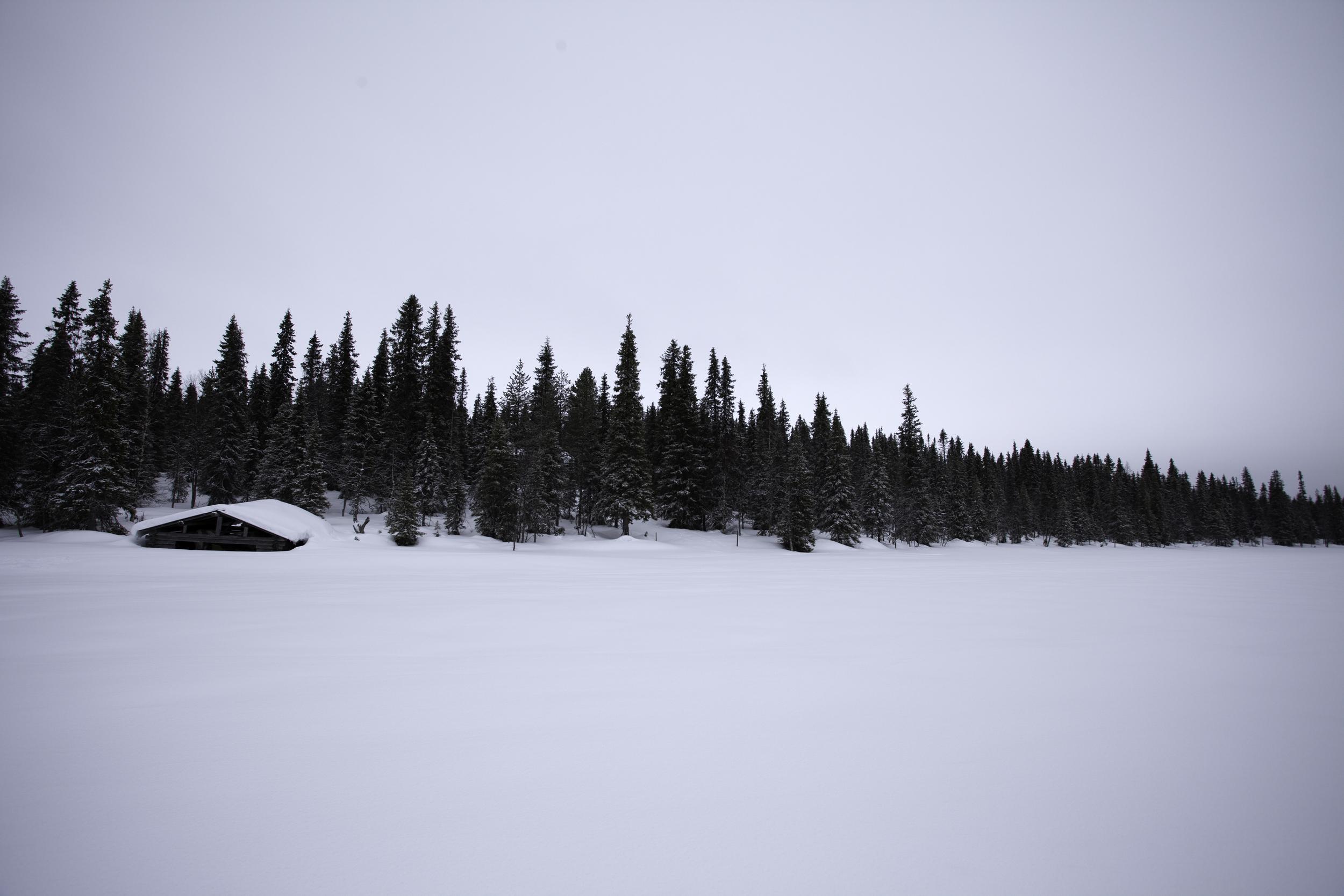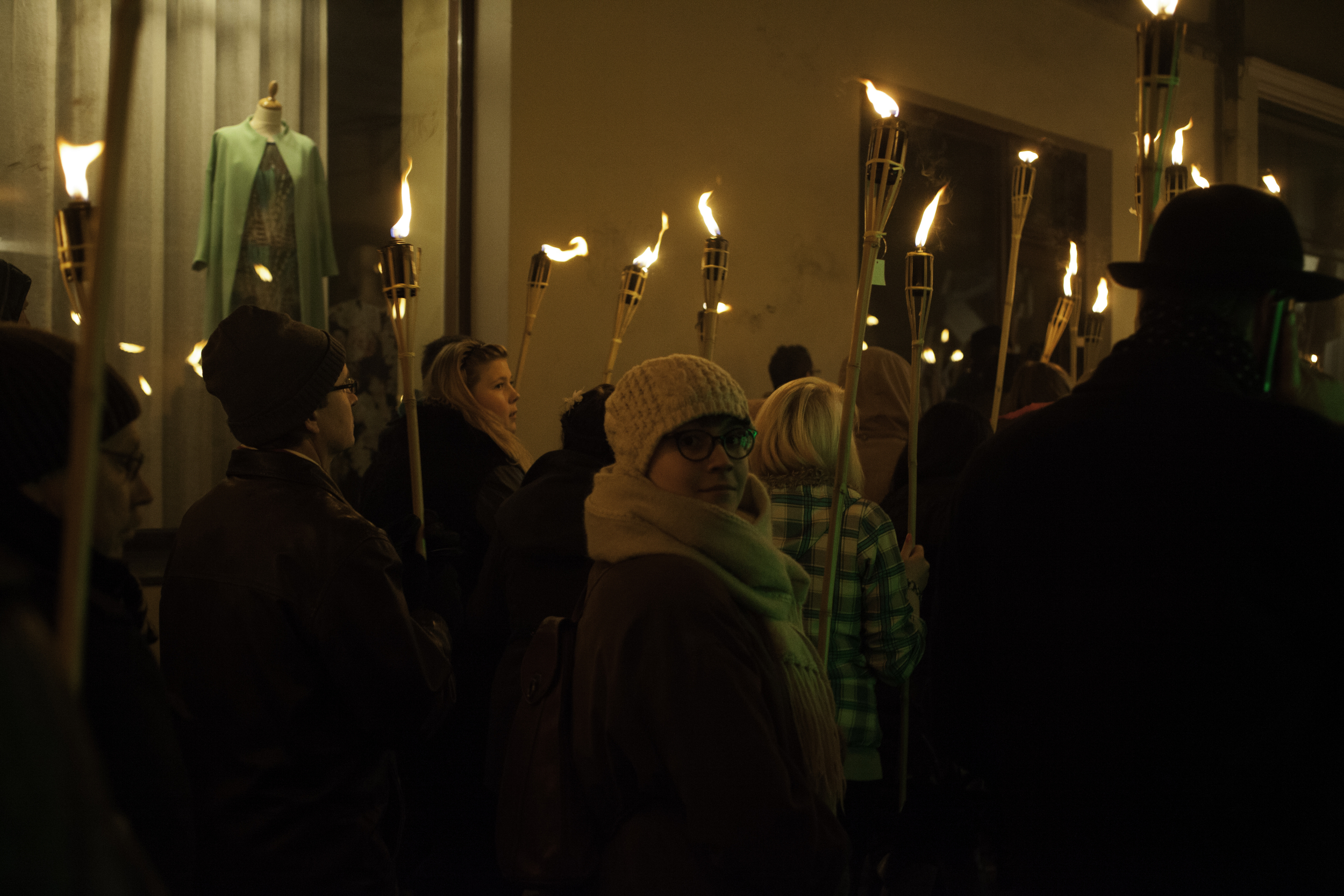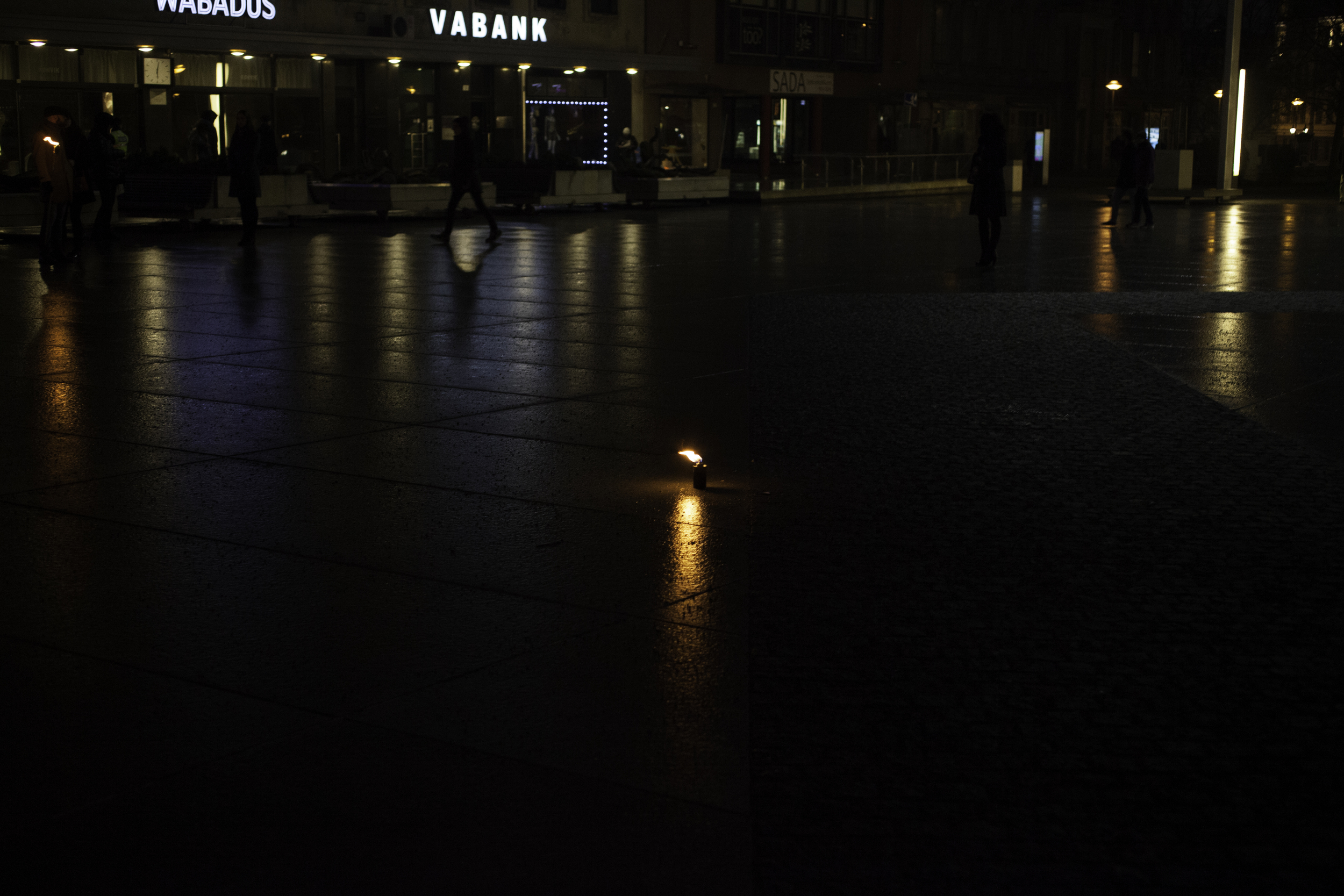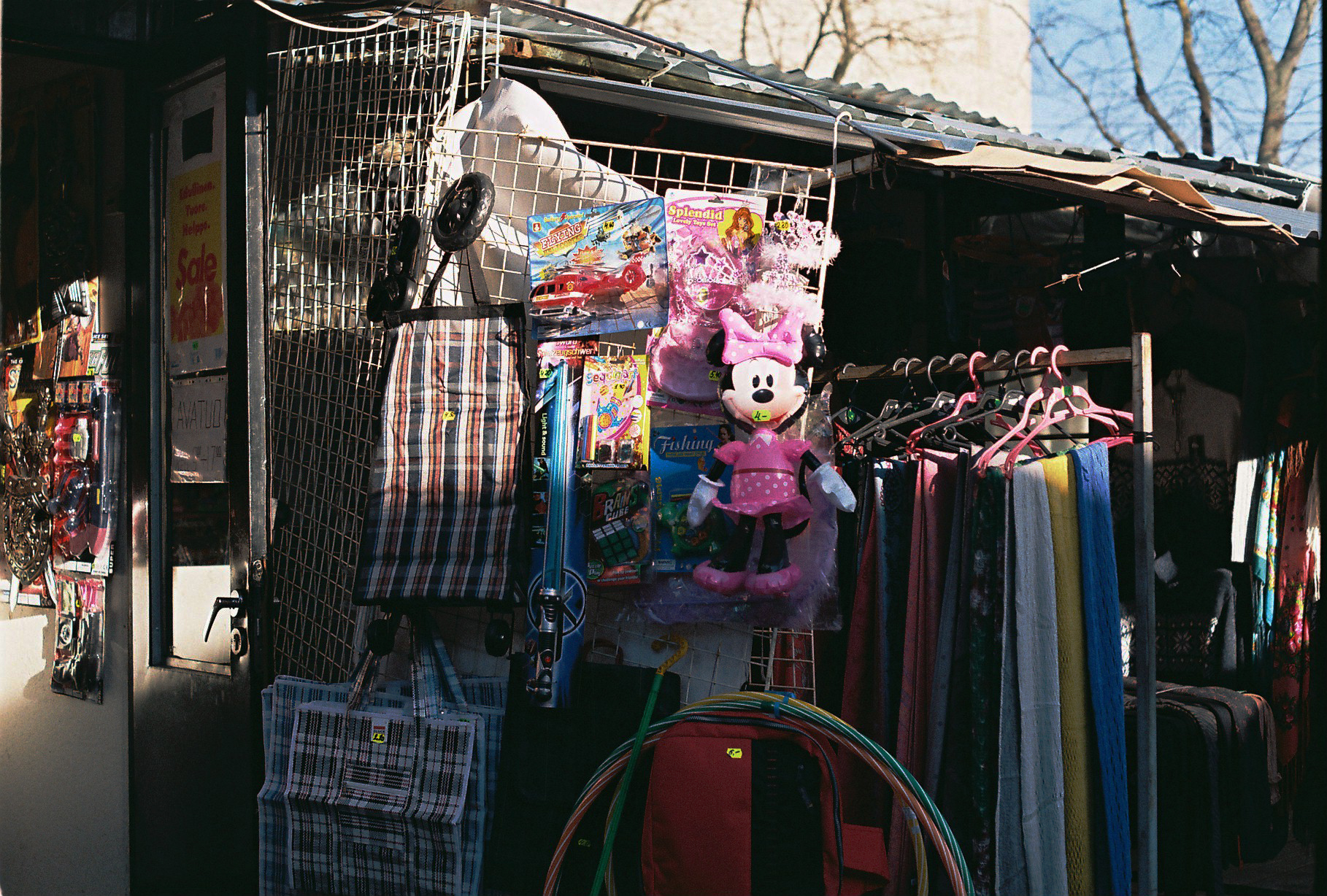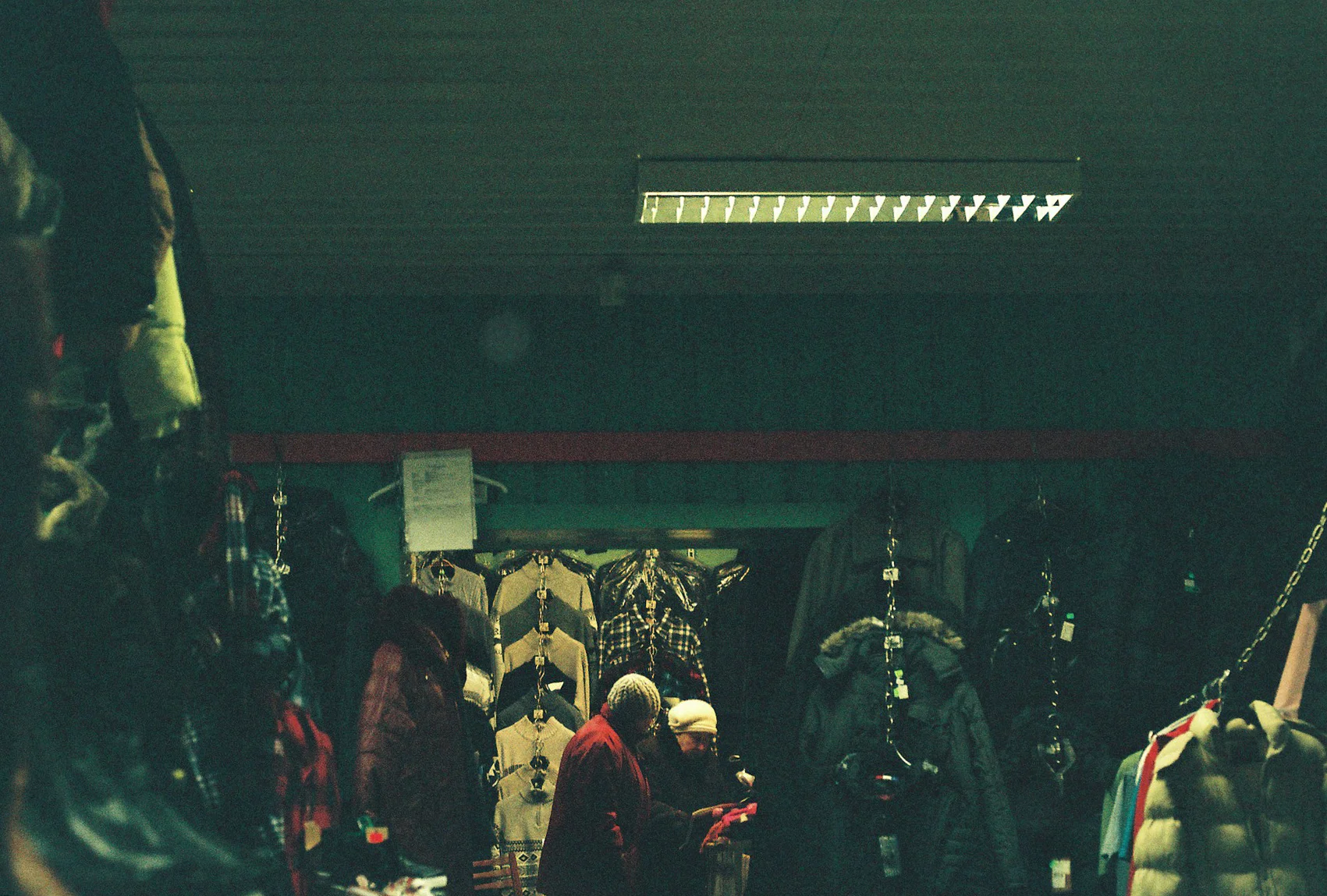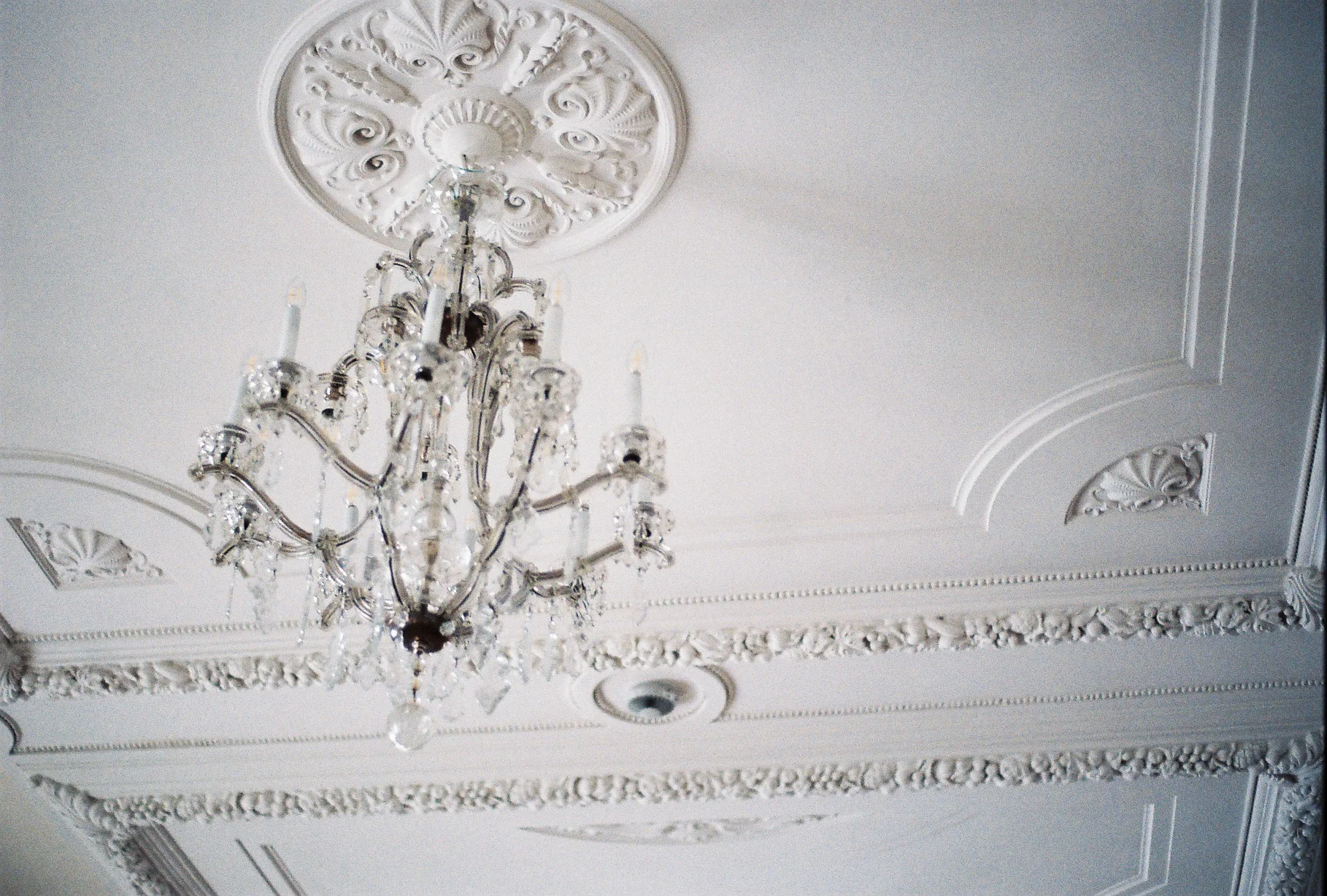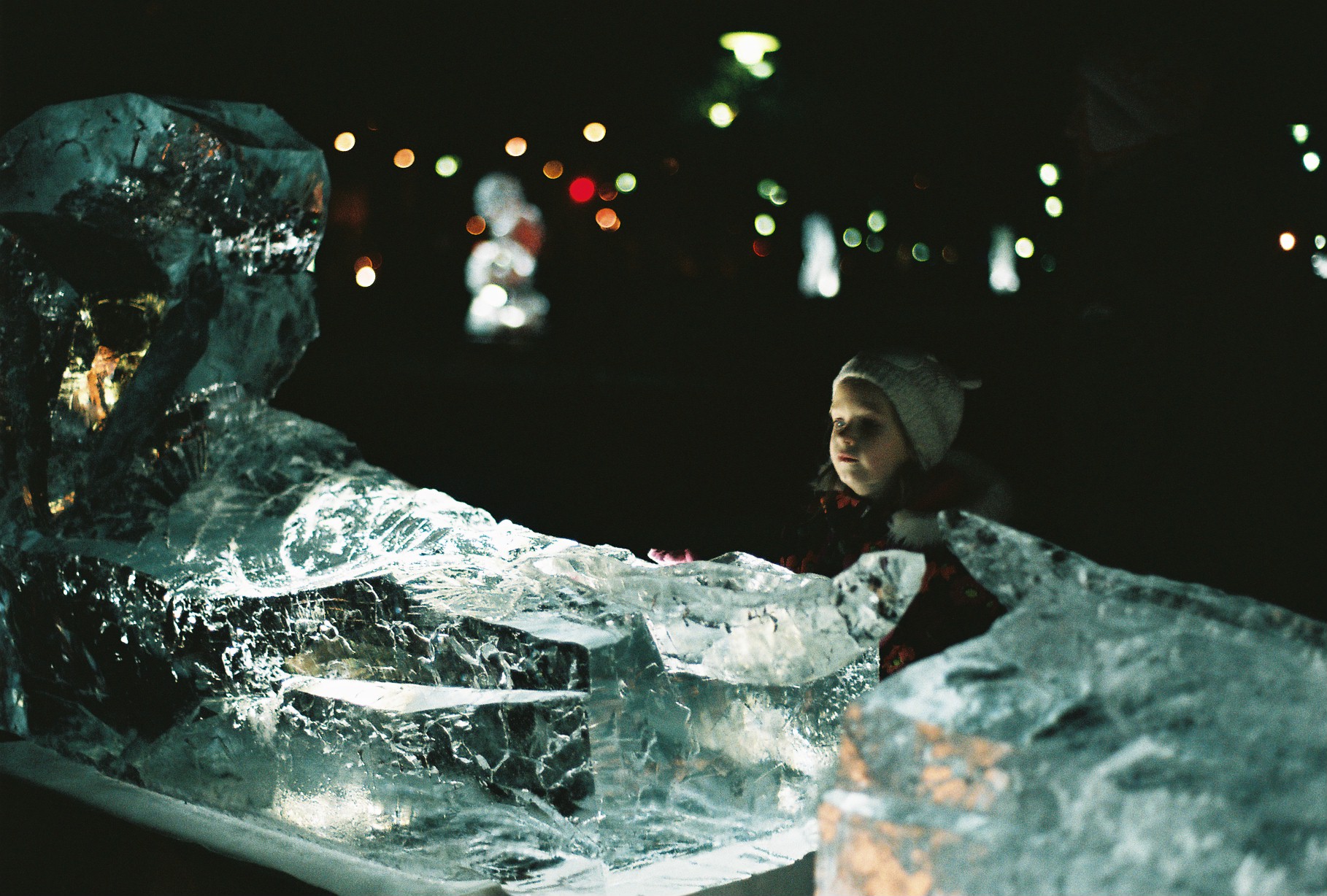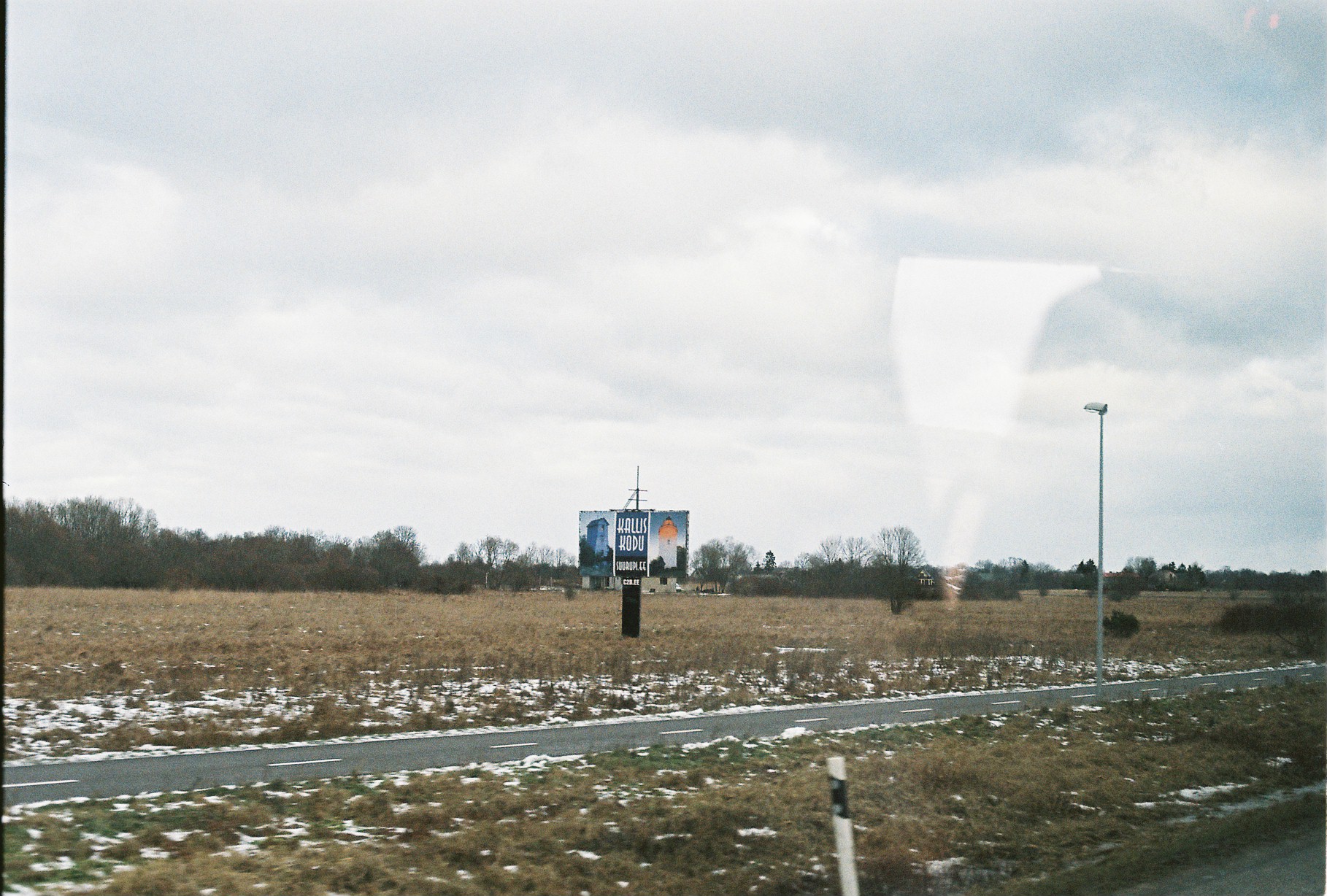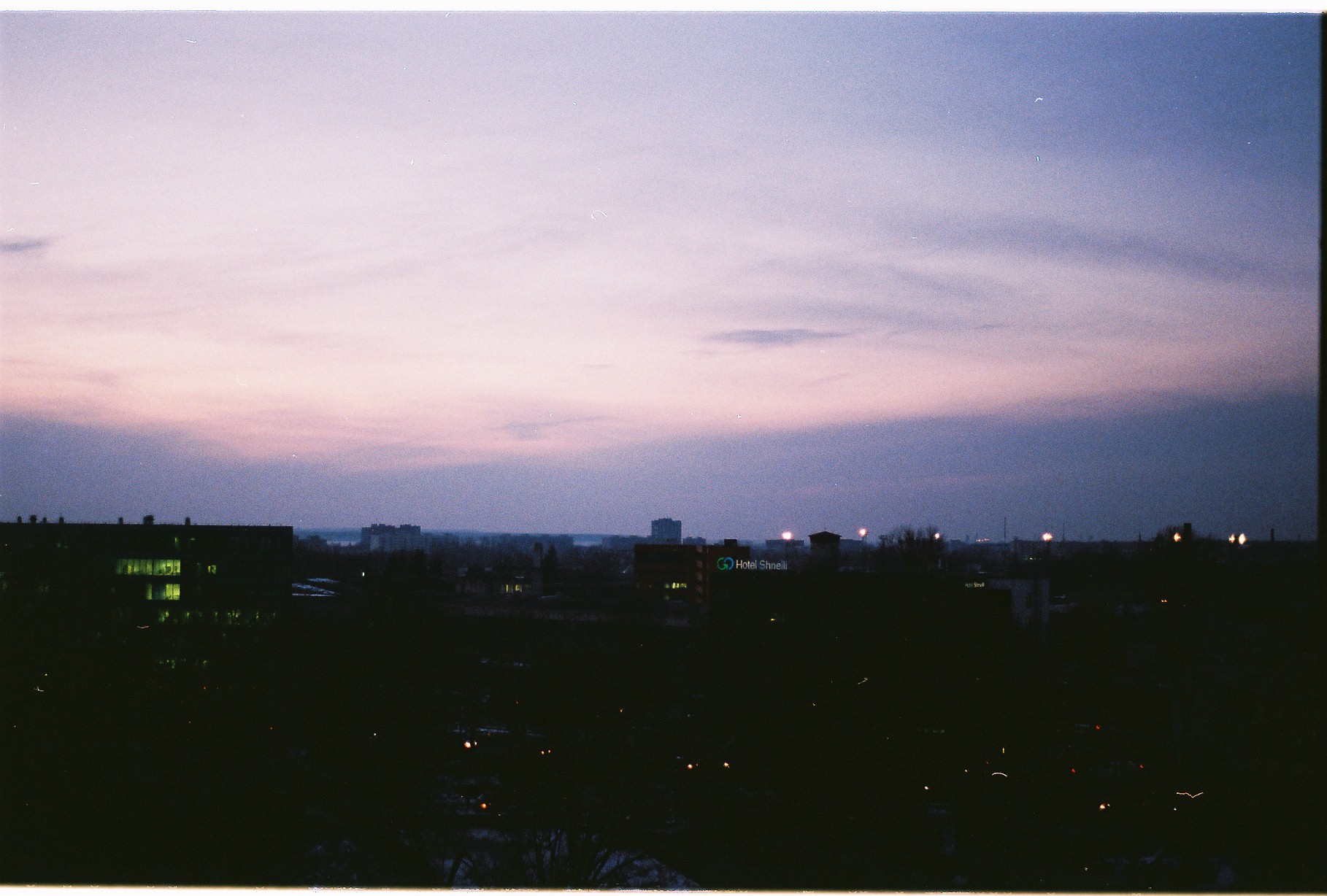One of the exhibitions we attended was the Forgotten Pioneer Movement at District-Berlin.
"Curators: Ulrike Gerhardt and Susanne Husse in conversation with Agnė Bagdžiūnaitė, Ana Bogdanović, Ivana Hanaček, Snejana Krasteva, Ana Kutleša, Svetlana Kuyumdzhieva, Eglė Mikalajūnė, Maya Mikelsone, Anca Rujoiu, Vesna Vuković
We understand that our generation’s mission is to revise this strategically demonized past. Agnė Bagdžiūnaitė (Artist and Curator / ŽemAt, Lithuania)
The Forgotten Pioneer Movement (TFPM) is an interdisciplinary performance and exhibition project about the experiences of the last, transitional generation between socialism and post-socialism. As a fictional movement, TFPM addresses the impact and the societal perspectives of the "last pioneers": a generation whose childhood and youth is linked to the times of the Perestroika and the “pOst-Western”[1]Europe of the 1990s.
As a modernist phenomenon and ex-symbol of childhood and adolescent identification, the figure of the pioneer lends itself to an investigation of the many inscriptions of educational institutions and publicly mobilized ideologies in the former "East" and "West". TFPM combines strategies and discourses from visual as well as performative arts and cultural theory in order to approach "the future behind us", observed by Edit András, as a pan-european experience beyond geopolitical classifications. 25 years after the fall of the Berlin wall, TFPM suggests new constellations between this remote future and insignia of the present."
Source
I loved the ideology behind this fabricated movement - a fabricated movement that is becoming real through the growth of interest and artists associated? - and the talk/walk around the work that the curators gave us was a unexpected eyeopening to a different side of perception. I had never really looked at art from the side of a non-westernised country; or if I had, it was to "otherise" it. That is not to say that I hadn't looked at art outside of mainland Europe or the United States, but the art from these further afield areas that is shown here has a very "western" style to it, or the artist has moved with the work to somewhere more able to show it. It also made me question whether an artist should have to produce an english version of their text; it possibly makes their work more accessible to a wider audience, but if they have no connection or knowledge of english, is it them surrendering their work to possibly be received out of context?
